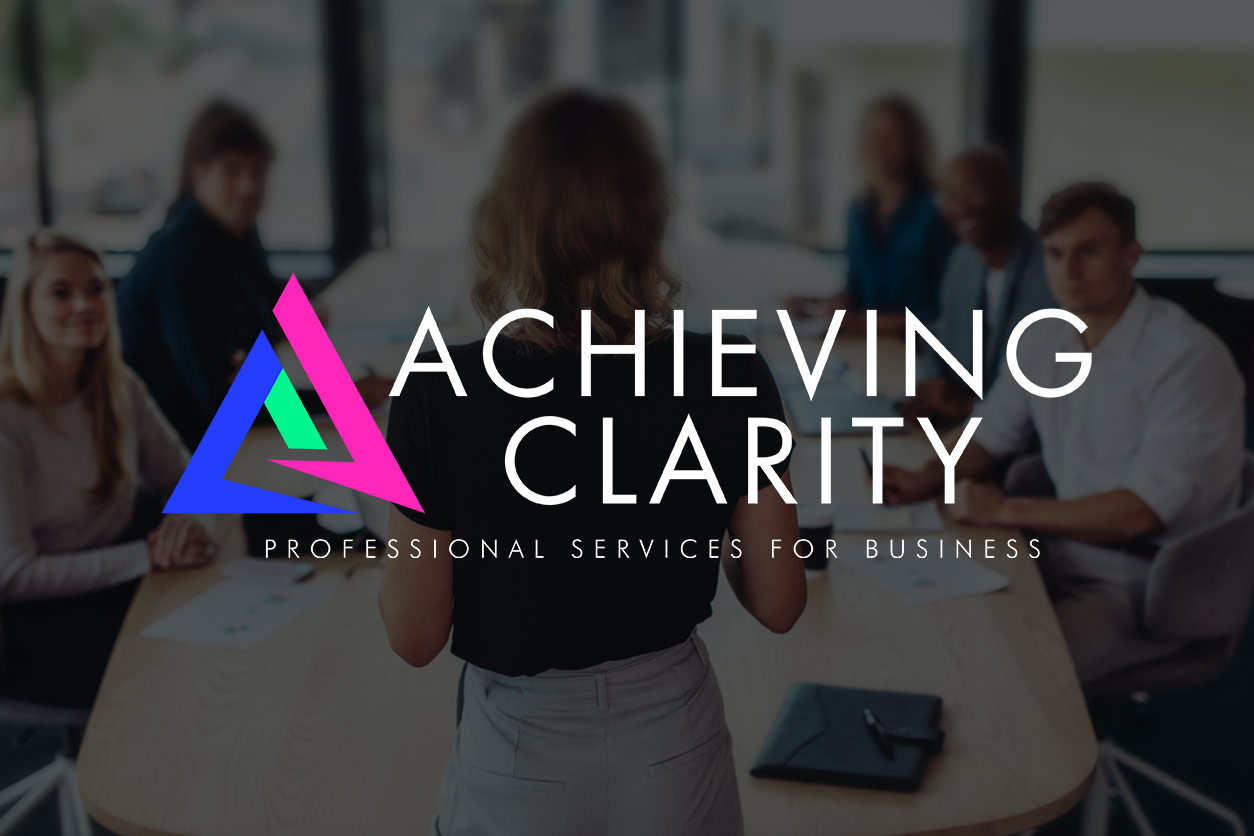
Super-Deduction for Tax on New Equipment
When businesses invest in new equipment they can expect to save tax on the purchase cost of that equipment.
Exactly when they can save this tax, depends upon the item they have purchased. For some assets, a claim of 18% of the purchase cost can be set against the profit subject to tax each year, until the entire cost has been claimed as a tax-deductible expense. It takes more than 5 years for the business to receive the full tax relief for the purchase of the asset.
Other assets may qualify for the Annual Investment Allowance (AIA), in which case 100% of the cost of that asset can be deducted from the profit in the same year it was purchased. This is clearly more beneficial for business cash flow, with all the tax savings being made immediately.
There is an annual limit of AIA that can be claimed –until 1 January 2022 it is £1m, after which the allowance will revert back to pre-2019 amount of £200k.
So, time is running out to benefit from the full AIA for those big asset purchases above £200k.
But, for most of us, the extension of the £1m AIA threshold isn’t going to be of any benefit – the largest business asset I have bought was for £2,500! However the Chancellor had something for the rest of us – he announced a new Capital Allowance –the Super- Deduction, just like AIA but instead of being able to claim
immediate tax relief for 100% of the cost of an asset; we can now claim a tax deduction of 130% for new, unused, plant and machinery purchased between 1 April 2021 and 31 March 2023.
That’s right, for every £1 we invest in new equipment, we can claim 25p tax back
So, what does this actually mean?
If you buy an asset for £1,000, you can claim £1,300 as the expenditure qualifying for tax relief.
At the present rate of Corporation Tax, that is worth £247 of tax saving, an additional £57 compared to the current benefit of AIA. A Super-deduction indeed.
But what constitutes ‘Plant and Machinery’?
- Tools and Equipment √
- Office furniture and fittings √
- Computers and Servers √
And here is the best bit for some, HMRC have confirmed that for the purposes of the Super-Deduction
- Vans and Lorries qualify too √
- As expected, cars are explicitly excluded from this tax break.
Who is eligible to claim this tax relief?
Ah, now we start to see that this isn’t as generous as we might have hoped; unfortunately, this tax benefit is not available to all businesses – only Companies subject to Corporation Tax can claim the Super-Deduction.
So sole traders and partnerships miss out.
What about eligible Assets that are acquired through a Hire Purchase or Lease arrangements?
Assets financed through a Hire Purchase agreement qualify for the Super-Deduction, however leased assets do not. The Treasury is being urged to reconsider this as Companies struggling with cash flow are more likely to lease assets such as vehicles and machinery. So, let’s keep an eye on this.
Tax Planning Tips
1. Purchase assets before 31 March 2023
2. Where the Company has a year-end date after 31 March 2023, any purchases in that year will only benefit from tapered relief, rather than the full 130% – so watch out for this
3. If purchases are planned for 2023, it is worthwhile doing some sums to make sure tax savings are being maximised as the rate of Corporation tax increases to 25% and so 25% is saved on 100% of Asset cost compared with tapering relief of the Super -Deduction at 19% corporation tax rate.
4. Be careful when you come to dispose of the asset too – the disposal proceeds may be uplifted by up to 130% to account for the tax relief


